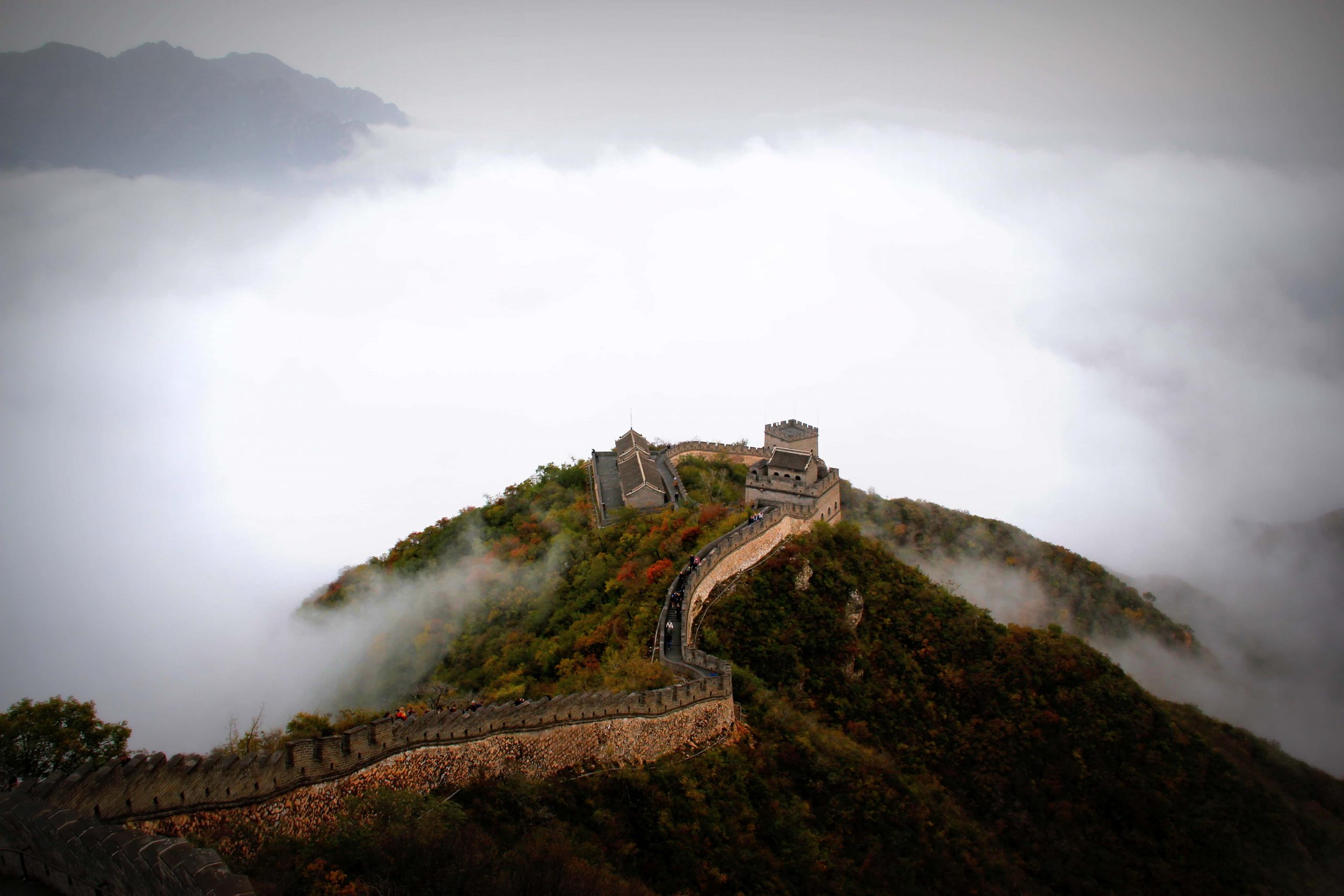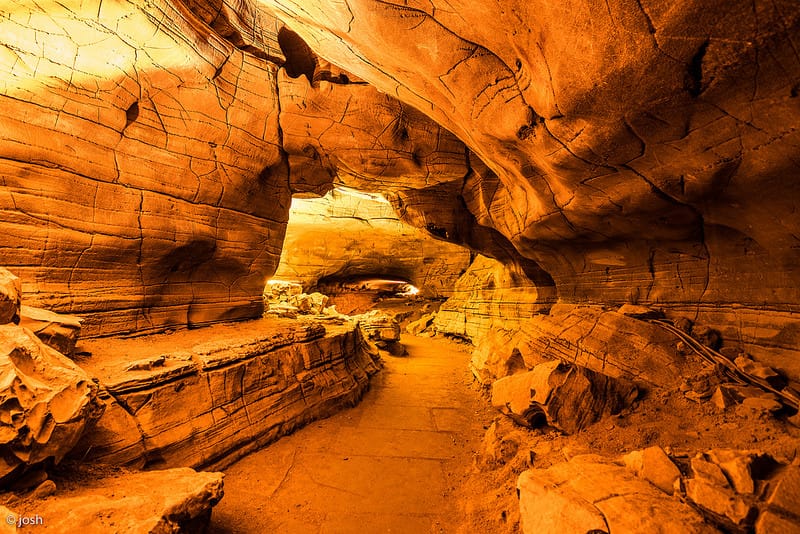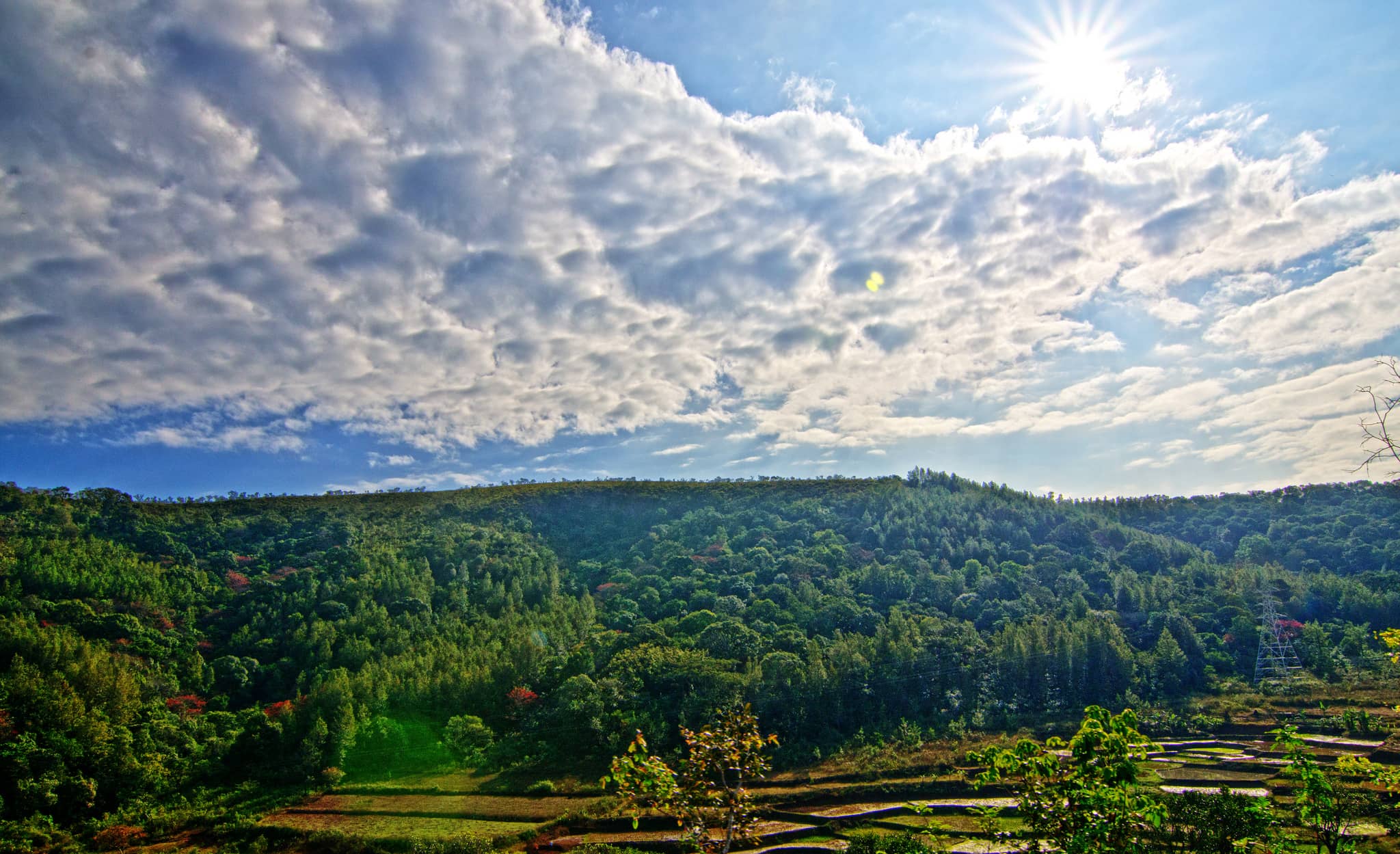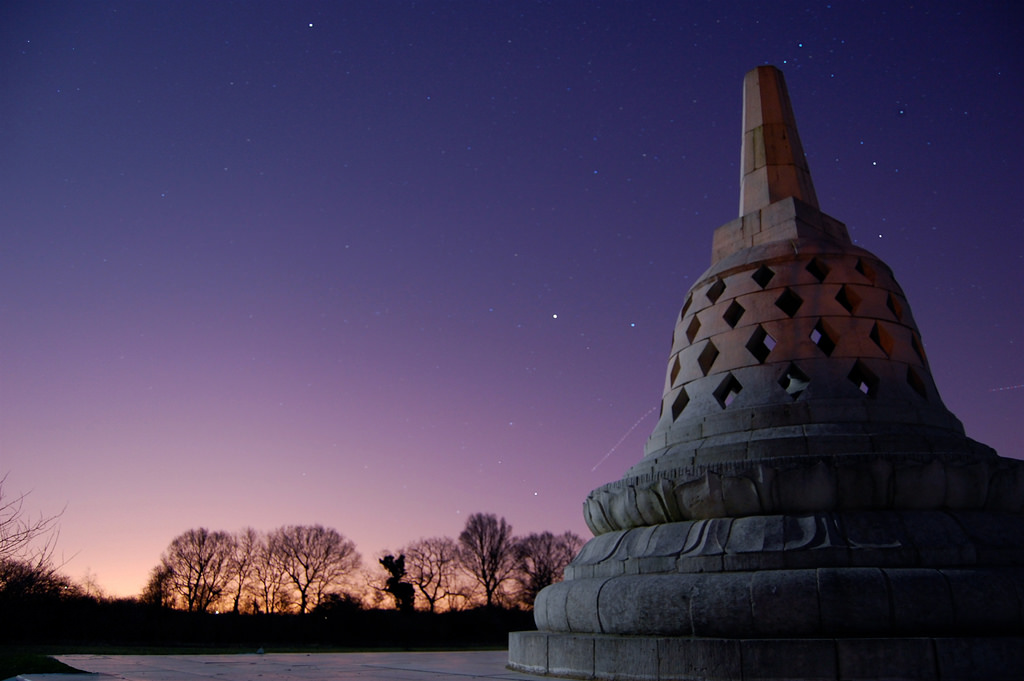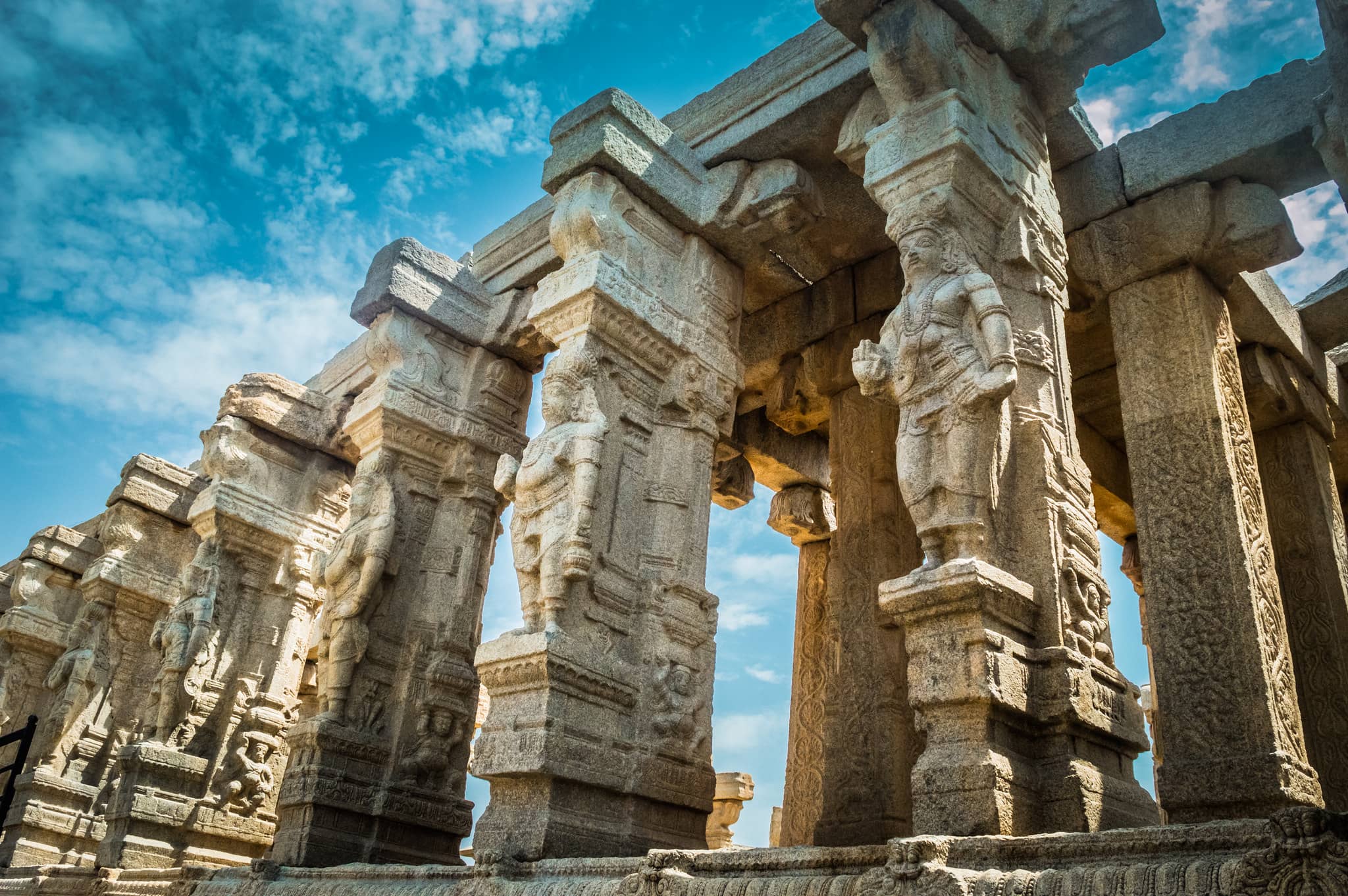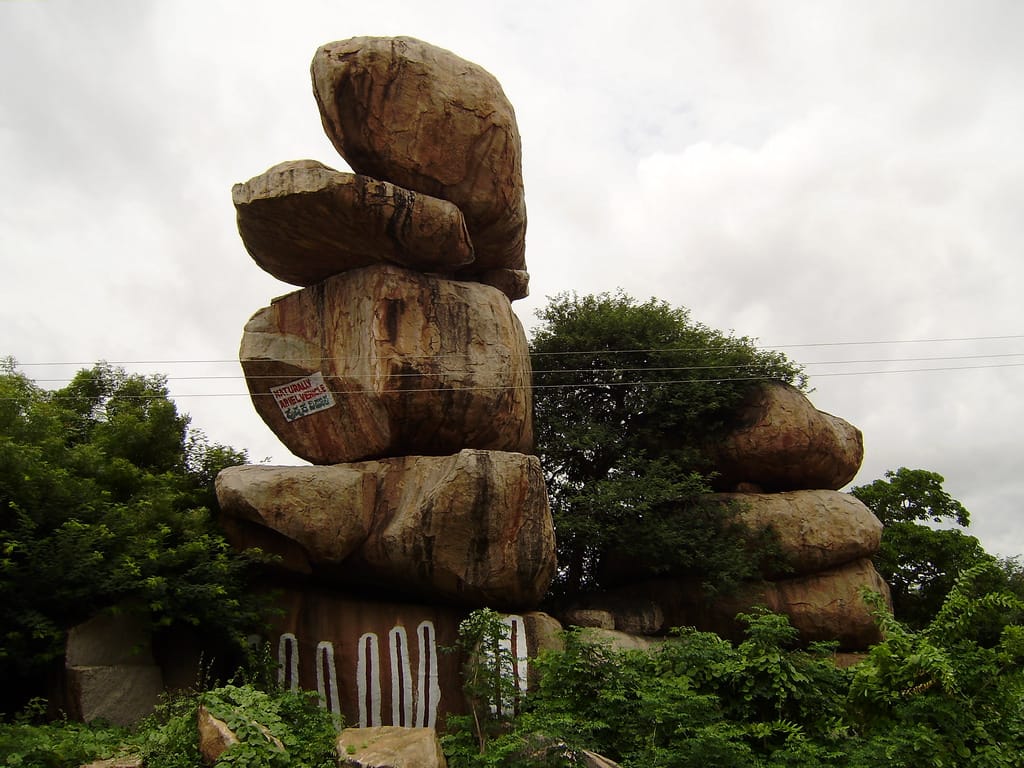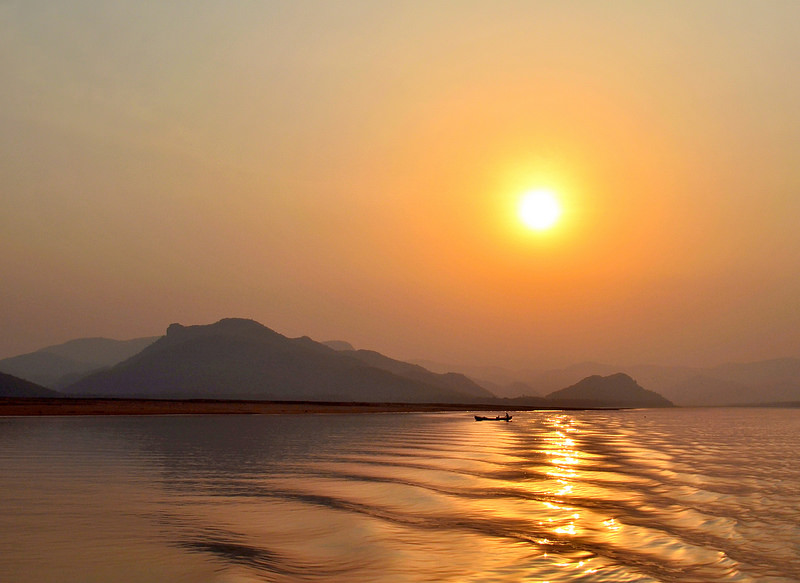China is a large country in East Asia with a diverse landscape, including grasslands, deserts, mountains, lakes, rivers, and over 14,000 km of coastline. Its capital, Beijing, blends modern buildings with historic sites like the Forbidden City and Tiananmen Square. Shanghai is a major financial center with many tall buildings. The Great Wall stretches across the northern part of the country. Xi’an is home to the Terracotta Army, a collection of thousands of statues from the 3rd century B.C. The ancient Silk Road begins in Xi’an and passes through Dunhuang, where the Mogao Caves have Buddhist art, and Kashgar, famous for its Sunday Market. In the south, Yunnan features the stunning Tiger Leaping Gorge, and Guilin is known for its unique karst mountain formations and the Li River.
places to visit in China
Forbidden City
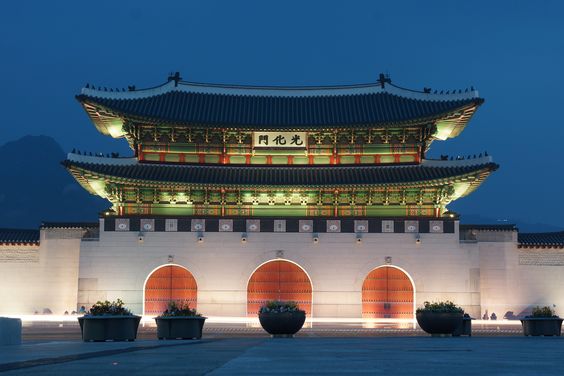
The Forbidden City is a large palace complex in central Beijing, showcasing traditional Chinese architecture. It was the home of Chinese emperors for nearly 500 years. In 1987, it was named a UNESCO World Heritage Site. The palace is surrounded by a large defensive wall and a moat. It is one of China’s most famous historical landmarks.
Summer Palace
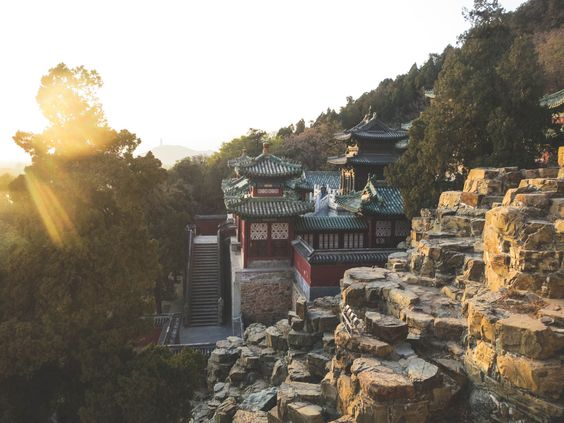
The Summer Palace is a huge park in Beijing, known for its lakes, gardens, and palaces. It was originally an imperial garden during the Qing dynasty. The main features of the park include Longevity Hill and Kunming Lake. The Summer Palace served as a retreat for emperors during the hot summer months. Today, it is a popular tourist destination.
Terracotta Army
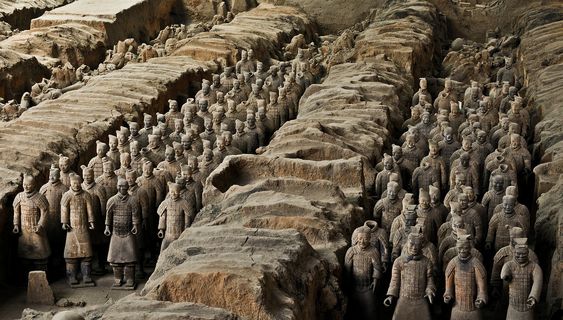
The Terracotta Army consists of thousands of clay statues of soldiers and horses. These sculptures were buried with China’s first emperor, Qin Shi Huang, in 210–209 BCE. They were created to protect the emperor in the afterlife. The Terracotta Army was discovered in 1974 near Xi’an. It is now one of the most significant archaeological finds in the world.
Potala Palace
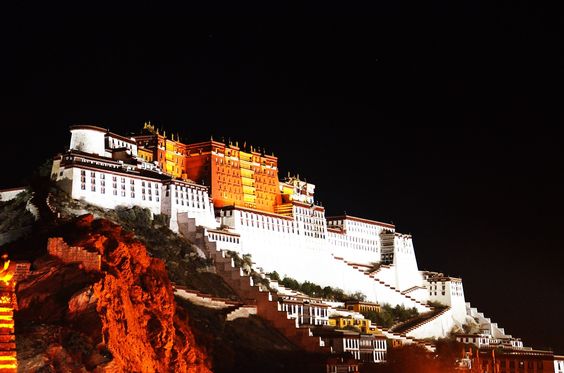
Potala Palace is a large fortress in Lhasa, Tibet. It was the winter home of the Dalai Lamas until 1959. The palace is now a museum and has been a UNESCO World Heritage Site since 1994. It is named after the sacred Mount Potalaka, home to the bodhisattva Avalokitesvara. Potala Palace is famous for its impressive architecture and spiritual significance.
Tiananmen Square
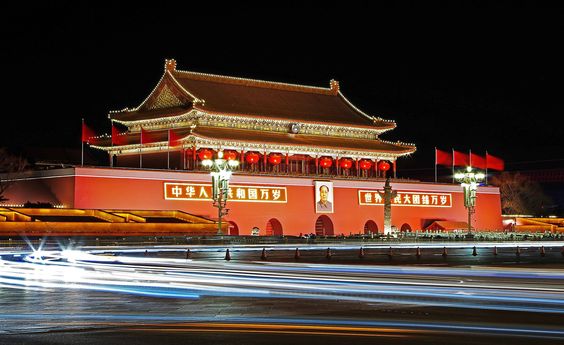
Tiananmen Square is a major public square in central Beijing. It is located near the Forbidden City and is one of the largest city squares in the world. The square is named after the Tiananmen Gate to the north, which separates it from the Forbidden City. It is known for its historical importance and has been the site of many significant events in China’s history. The square is a symbol of modern China.
Great Wall of China

The Great Wall of China is a series of fortifications built along the northern borders of China. It was constructed to protect against invasions from nomadic tribes. The wall stretches for thousands of kilometers across the country. Some sections are made of stone, brick, and wood. It is one of the most famous landmarks in the world.
Temple of Heaven
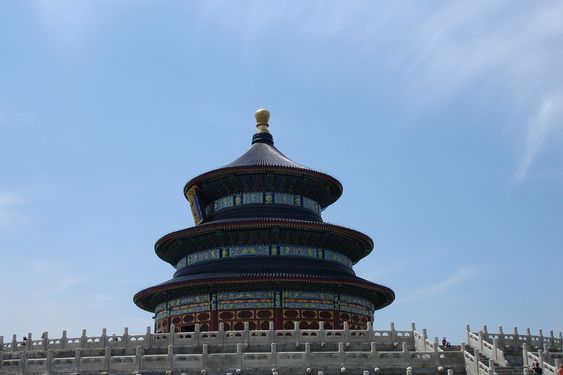
The Temple of Heaven is a complex of religious buildings in southeastern Beijing. It was used by emperors of the Ming and Qing dynasties for annual ceremonies. These ceremonies were held to pray for good harvests. The temple is known for its unique architectural style and symbolism. It is a UNESCO World Heritage Site and a popular tourist attraction.
Oriental Pearl Tower
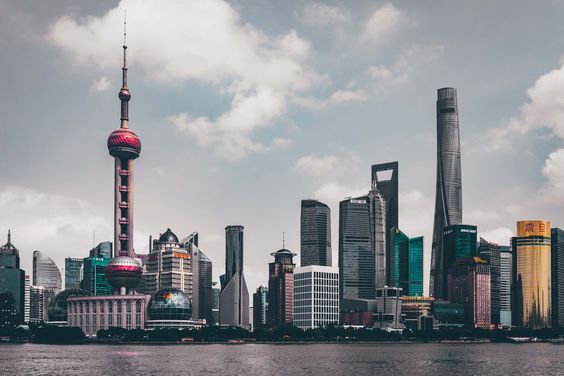
The Oriental Pearl Tower is a famous TV tower in Shanghai. It stands at the tip of Lujiazui, in the Pudong area, by the Huangpu River. The tower is a landmark in the city and is known for its futuristic design. It has multiple observation decks offering views of the city. The tower is also home to a revolving restaurant.
Stone Forest
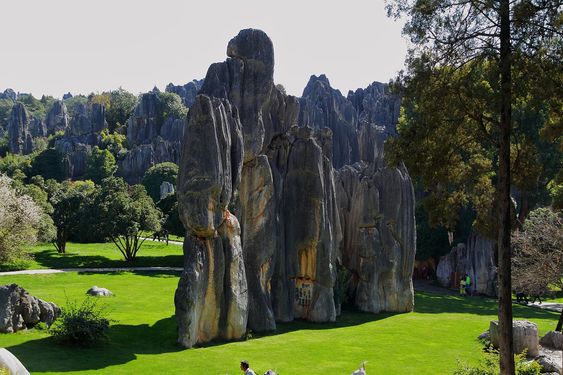
The Stone Forest, or Shilin, is a natural area in Yunnan Province known for its unique limestone formations. It spans about 500 square kilometers. The formations look like towering stone pillars and resemble a forest. The site is located about 90 km from Kunming, the provincial capital. It is a popular tourist attraction and a UNESCO Global Geopark.
The Bund

The Bund is a historic waterfront area in Shanghai. It stretches along the Huangpu River and is known for its colonial-era buildings. The Bund was once part of the former Shanghai International Settlement. Today, it is a popular area for sightseeing and offers stunning views of Shanghai’s skyline. It blends historical architecture with modern developments.
Yu Garden
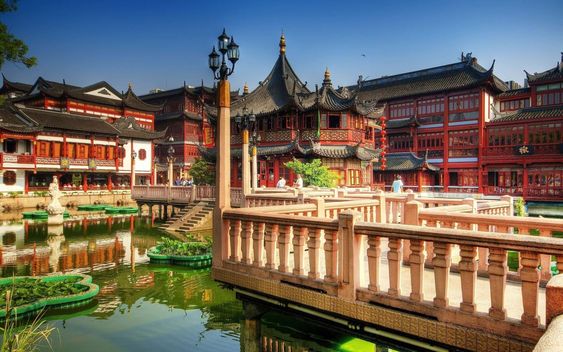
Yu Garden is a traditional Chinese garden located in the heart of Shanghai’s Old City. It is famous for its classical landscaping, ponds, and rock formations. The garden is next to the City God Temple and the Yu Garden Bazaar. It was originally created during the Ming dynasty as a private garden. Today, it attracts many visitors who enjoy its peaceful atmosphere.
Top destinations in China
Beijing
Beijing, the capital of China, has a history that spans over 3,000 years. It’s famous for both its ancient landmarks and modern buildings. The Forbidden City, once the emperor’s palace, is one of its most important historic sites. Tiananmen Square, a large public plaza, is home to Mao Zedong’s mausoleum and the National Museum of China, which holds many cultural artifacts.
Shanghai
Shanghai is the largest city in China and a major financial center. The Bund, a historic waterfront area, is lined with colonial-era buildings. Across the Huangpu River, the Pudong district boasts a modern skyline, including the towering Shanghai Tower and the Oriental Pearl TV Tower. The Yu Garden, with its traditional pavilions and ponds, adds a touch of old China to the city.
Guilin
Guilin, located in southern China, is known for its striking limestone karst hills. The city has two central lakes, Shanhu (Cedar) and Ronghu (Banyan), which were once part of a moat around the city. Visitors can take boat rides through the lakes and rivers. The twin pagodas on Cedar Lake light up at night, creating a beautiful sight.
Hangzhou
Hangzhou, the capital of Zhejiang province, is at the southern end of the Grand Canal. The city’s West Lake, admired by poets for centuries, is surrounded by temples, gardens, and bridges. Leifeng Pagoda, a modern version of a pagoda built in 975 A.D., stands on the lake’s southern shore, offering a glimpse of the area’s history.
Xi’an
Xi’an, the capital of Shaanxi Province, is an important city in Chinese history. It was once known as Chang’an and was the starting point of the ancient Silk Road. The city is famous for the Terracotta Army, a collection of life-size statues buried with China’s first emperor, Qin Shi Huang, to protect him in the afterlife.
Zhangjiajie
Zhangjiajie, located in Hunan Province, is home to the Wulingyuan Scenic Area, known for its tall sandstone columns. Many of these columns are over 200 meters high. The area also has caves, rivers, waterfalls, and natural land bridges. It’s a protected area with unique plants and animals, making it a popular spot for nature lovers.
Guangzhou
Guangzhou, a large port city near Hong Kong, is known for its modern architecture, such as the Guangzhou Opera House and the Guangdong Museum. The city also has the Canton TV Tower, a tall, hourglass-shaped skyscraper. For a look at local history, visitors can explore the Chen Clan Ancestral Hall, which also houses the Guangdong Folk Arts Museum.
Best time to visit China
The busiest travel period in China is from May to August. The climate differs across regions, with cold winters in the north from December to February and a rainy monsoon season in the south from May to October.
